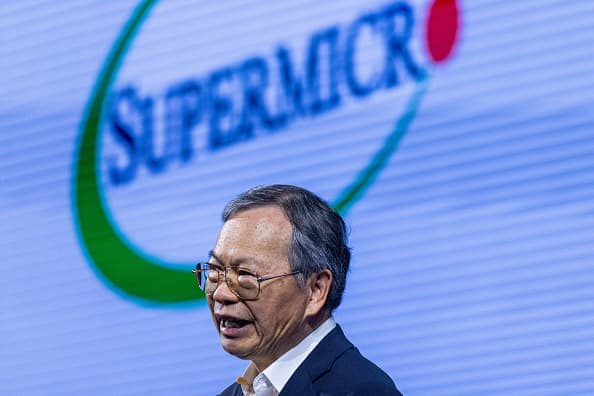PETALING JAYA: While the industrial production index (IPI) registered a better-than-expected performance in January, it remains to be seen if the momentum can be sustained.
Seasonal factors along with external headwinds stemming from China’s uneven growth recovery and the ongoing geopolitical conflicts will continue to weigh on the outlook of the index going forward, according to analysts.
The IPI saw an expansion of 4.3% year-on-year (y-o-y) following a minor decline of 0.03% last December, marking the fastest growth since May 2023, during which IPI went up by 4.7% y-o-y.
On a month-on-month (m-o-m) basis, it rose by 2% in January and 3.3% y-o-y on a seasonally adjusted basis.
The rise was largely reflected by the output rebound in the manufacturing sector which increased by 3.7% y-o-y compared with a reduction of 1.4% last December.
Moreover, the mining and electricity sectors also grew faster at 5% and 8.3% respectively.
Export-oriented industries returned to positive growth of 1.6% and domestic-oriented industries strengthened to 8% in January.
Sunway University economics professor Prof Yeah Kim Leng said the January IPI was slightly higher and stronger than anticipated, given the contraction in the previous month.
“It signals a good start for the country’s industrial output in 2024 following an almost flat 0.7% increase in 2023.
“In comparison, the IPI expanded robustly at 6.9% in 2022 and contributed to the country’s 8.7% gross domestic product growth rebound in the same year,” he told StarBiz.
Yeah added there could be some base effects in January’s IPI, given that the Chinese New Year celebration was held in January last year, while it was celebrated in February this year.
“This led to a longer production period and higher output in January 2024. Even so, there is positive growth momentum as evidenced by the 2% m-o-m increase in January’s output,” he said.
The IPI is expected to expand at an average monthly pace of 4.5%, on the back of rising export demand and sustained domestic demand in the first quarter of 2024 (1Q24) and the expansion will likely continue into 2Q and 3Q.
“Key risk factors include the inability of China to stimulate its slowing economy and decline in the US economy, due to high interest rates along with rising distress in commercial real estate and regional banking sectors.
“Further escalation in the Russia-Ukraine and Mid-East-armed conflicts could also increase global risk aversion, leading to lower consumption and investment, consequently tempering the expected improvement in global trade,” Yeah pointed out.
Furthermore, Bank Muamalat Malaysia Bhd chief economist, market analysis and social finance head Mohd Afzanizam Abdul Rashid said the IPI would be mainly driven by the electrical and electronics sector this year.
“Sales across the global semiconductor industry are expected to pick up in line with higher demand for technology-related products, along with higher production in the resource-based sector such as the oil and gas.
“What could derail such momentum would be a sudden fall in global demand. Indicators from China’s economy have been quite favourable so far. The latest consumer price index print has turned positive and exports for January to February have jumped higher.
“The possible cut by the US Federal Reserve could also help provide a boost to market confidence,” he said.
Meanwhile, Universiti Tunku Abdul Rahman economics professor Wong Chin Yoong said it is still too early to tell whether the growth momentum in the IPI is sustainable.
“You can expect the manufacturing and IPI statistics in 1Q to post a better performance due to seasonality factors.
“However, it will be a different story in 2Q. Nevertheless, it seems that it may be a little different this time around as it is a broad recovery in every aspect of economic activity.”
Wong noted that exports rebounded after months of decline, suggesting a more favourable external economic environment.
“Hence, if this momentum can be maintained in both the domestic and exports market, we can expect continued improvement,” he said.
Malaysia University of Science and Technology economics professor Geoffrey Williams said the IPI had been flat for the last 12 months, adding that the increase in January was a mild uptick in line with normal fluctuations.
“The economic outlook for 2024 is similar to 2023, so we can expect a similar outcome for the IPI.
“Domestic demand is stable but lower than normal. Moreover, external demand is also lower than normal and the geopolitical and economic risks are similar as last year,” he said.

